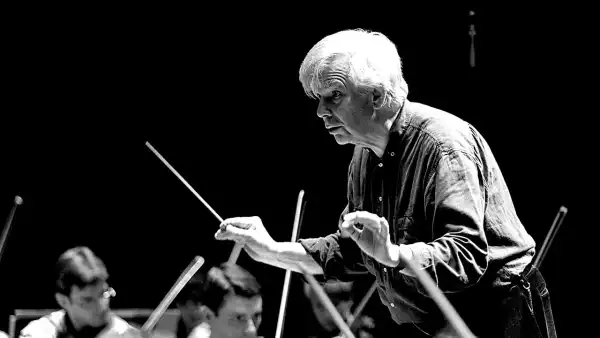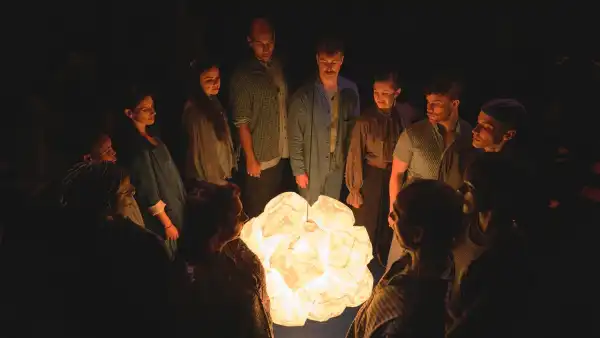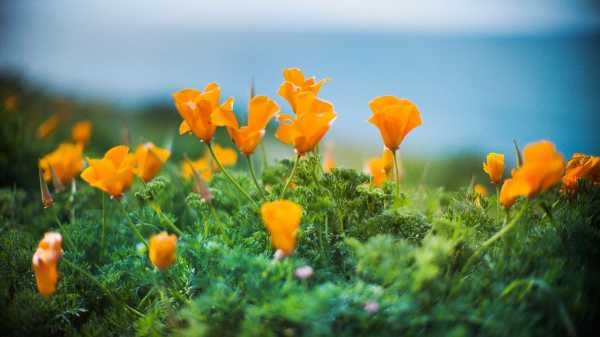
This winter, it rained in California. Ten inches in San Francisco in the ten days after Christmas alone. Thirty-one atmospheric rivers—columns of vapor that move water from the tropics. Record-breaking snow at Mammoth Lakes. Los Angeles measured its wettest year on record since 2004-05, the year I moved here.
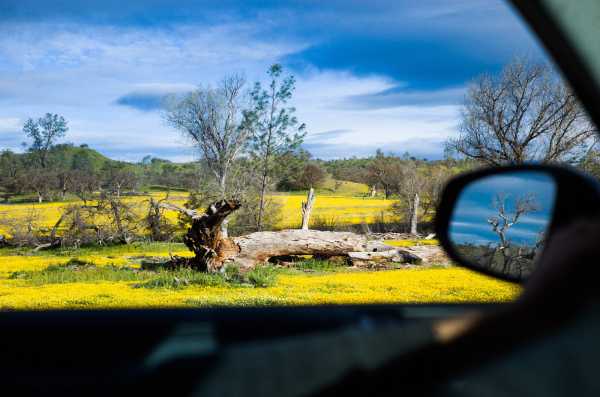
Shell Creek Road. April, 2023.
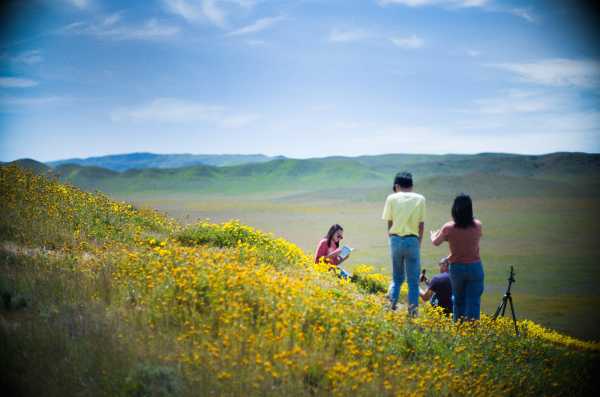
Carrizo Plain National Monument. April, 2023.
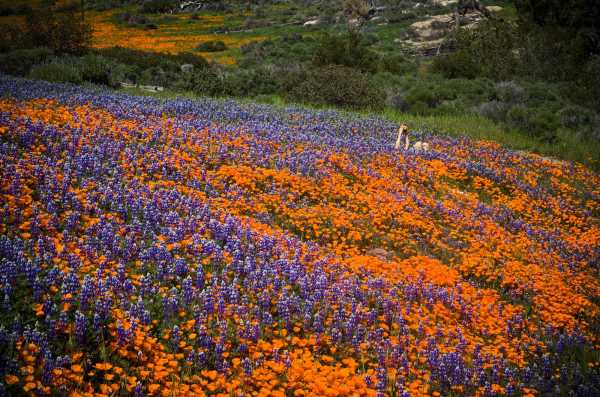
Figueroa Mountain. April, 2023.
My memories from that first winter are of driving in a rental car on slick gray roads, weaving around Jurassic-looking fallen palm fronds; my elderly neighbor calling, terrified, as the water rushed from my basement office toward her house; a picture on the front page of the paper showing a swimming pool sliding off a hill.
People hunkered down; red tags went up, flagging damaged buildings. I had left all my sweaters in New York, and froze. I learned the city through a veil of rain. Looking at the mountains, downtown is to the right, and the coast is to the left.
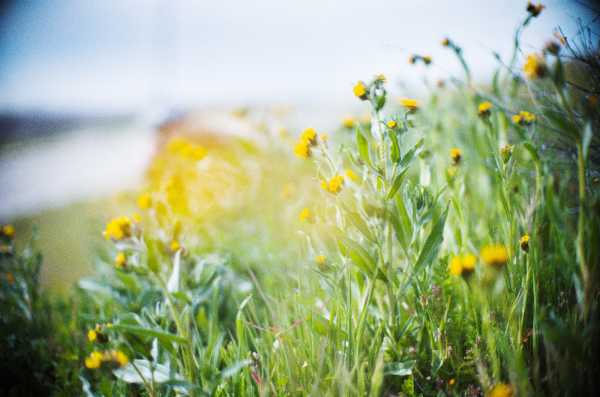
Pismo Preserve. February, 2023.
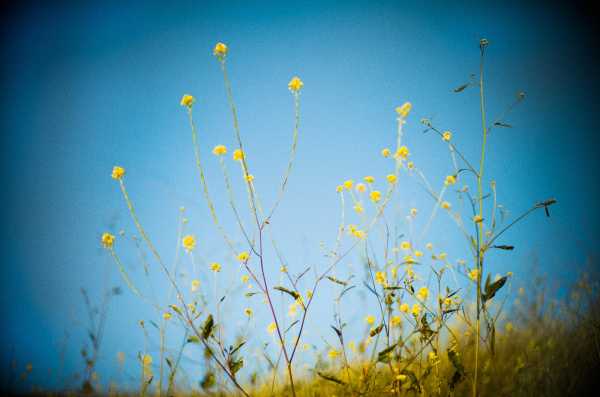
Pismo Preserve. February, 2023.

Point Buchon Trail, Montaña de Oro State Park. February, 2023.
By April, the rain had stopped, and nasturtiums, not muddy rivers, were cascading down the hillsides. Seussian red bottlebrush trees and violet jacarandas made the days vivid, and at night the white blooms emanated perfume.
So this was Los Angeles: abundant, intoxicating, unmoored. It must have been a Superbloom, though I don’t remember anyone calling it that then. I didn’t know that it would be eighteen years before I would see this Los Angeles again.
Spring, 2023. I’m constantly disoriented. The contours of the city have softened and changed. The bare, dry khaki-colored hillsides are furred green—like an old friend with a luxuriant new beard. Is that really you?
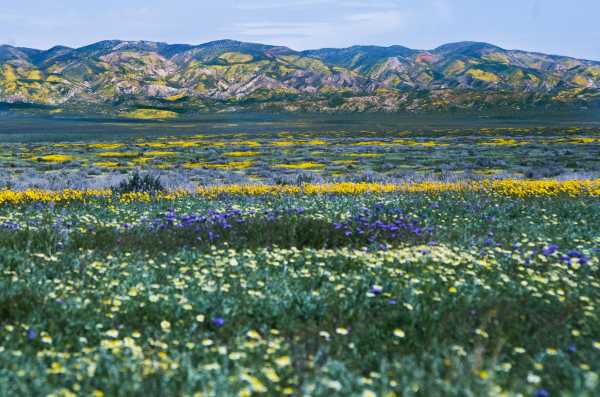
Carrizo Plain National Monument. April, 2023.
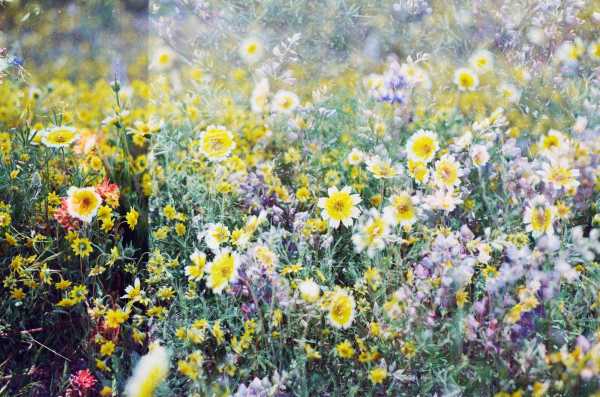
Shell Creek Road. April, 2023.
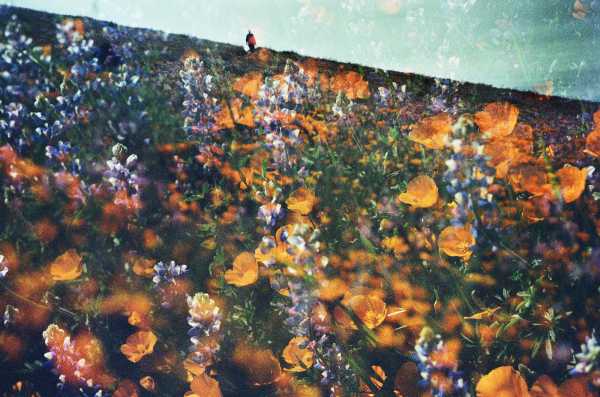
Figueroa Mountain. April, 2023.
Vegetation engulfs my landmarks, so I consult maps again. First the slopes are purple. Then yellow: giant mustard, chin-high, head-high. Bougainvillea and trumpet vines pour over the tops of the freeway walls.
In fields, through sidewalk cracks, the California poppies unfold their tissuey petals. They are the orange of the afternoon sun in fire season. There are so many of them that they can be seen from space. The Southern Lights, on land. They hyperextend, then go.
It’s hard to stay optimistic in a dry landscape. A desiccated city is a metaphor for dysfunction, and a mirror of it. It looks like the end of a story. The failure of an ill-conceived experiment. Proof of unsustainability. But, when a desert comes alive, the story opens out again. There is, alongside the simple joy of seeing so much color, a sense of possibility. The chaos feels generous, and generative.
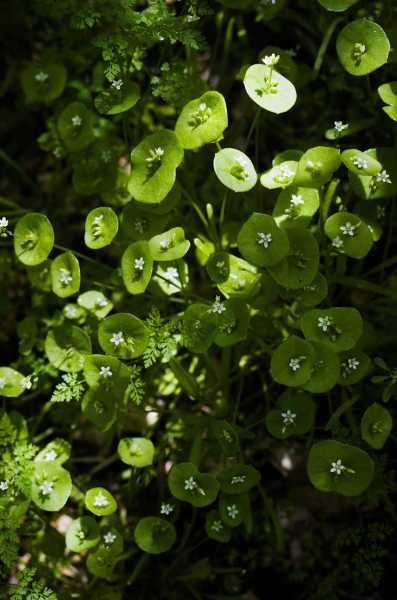
Pinnacles National Park. April, 2023.
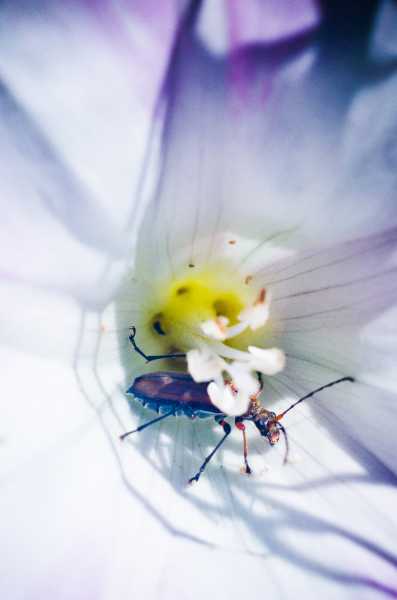
Pismo Preserve. April, 2023.

Pismo Preserve. April, 2023.
The sun is out again in California. As the historic snowpack melts, rivers throughout the state are running high, in some cases dangerously so. The waterfalls are pounding. Yosemite had to close briefly. A ghost lake near Tulare has refilled. We are in a time-lapse movie now, in rewind.
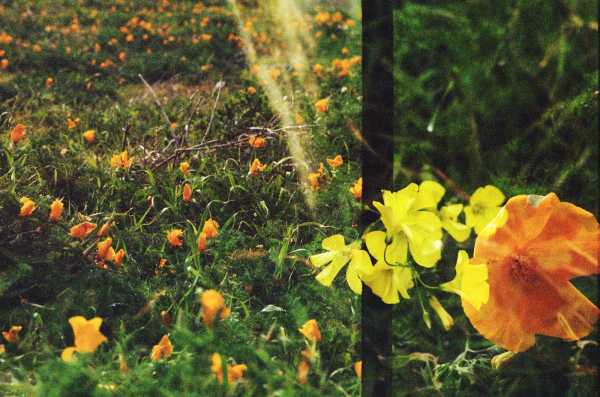
Point Buchon Trail, Montaña de Oro State Park. February, 2023.
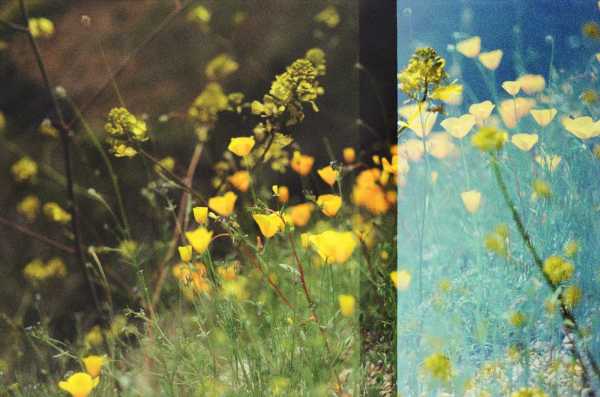
Pinnacles National Park. April, 2023.
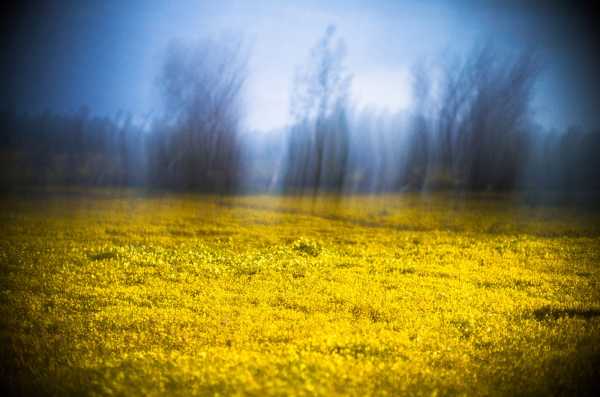
Shell Creek Road. April, 2023.
The 2022-23 rains have reversed, temporarily, more than a decade of catastrophic drought. Some of the seeds that caused this bloom have lain dormant for years, waiting for conditions to improve. These flowers are like earthly versions of starlight: they are the past made visible. They are also a vision of the future, a prediction, a promise, of what will happen when it rains again, if we can wait.
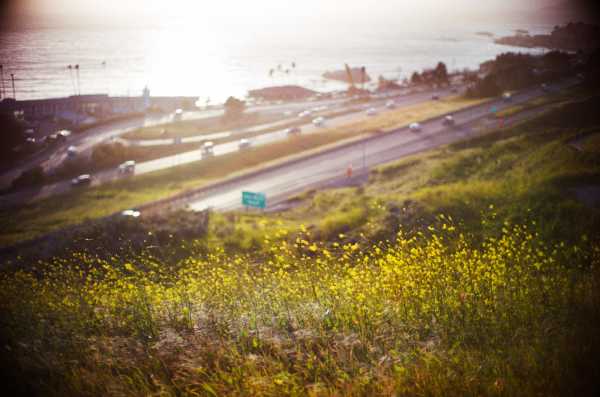
Pismo Preserve. February, 2023.
Sourse: newyorker.com
